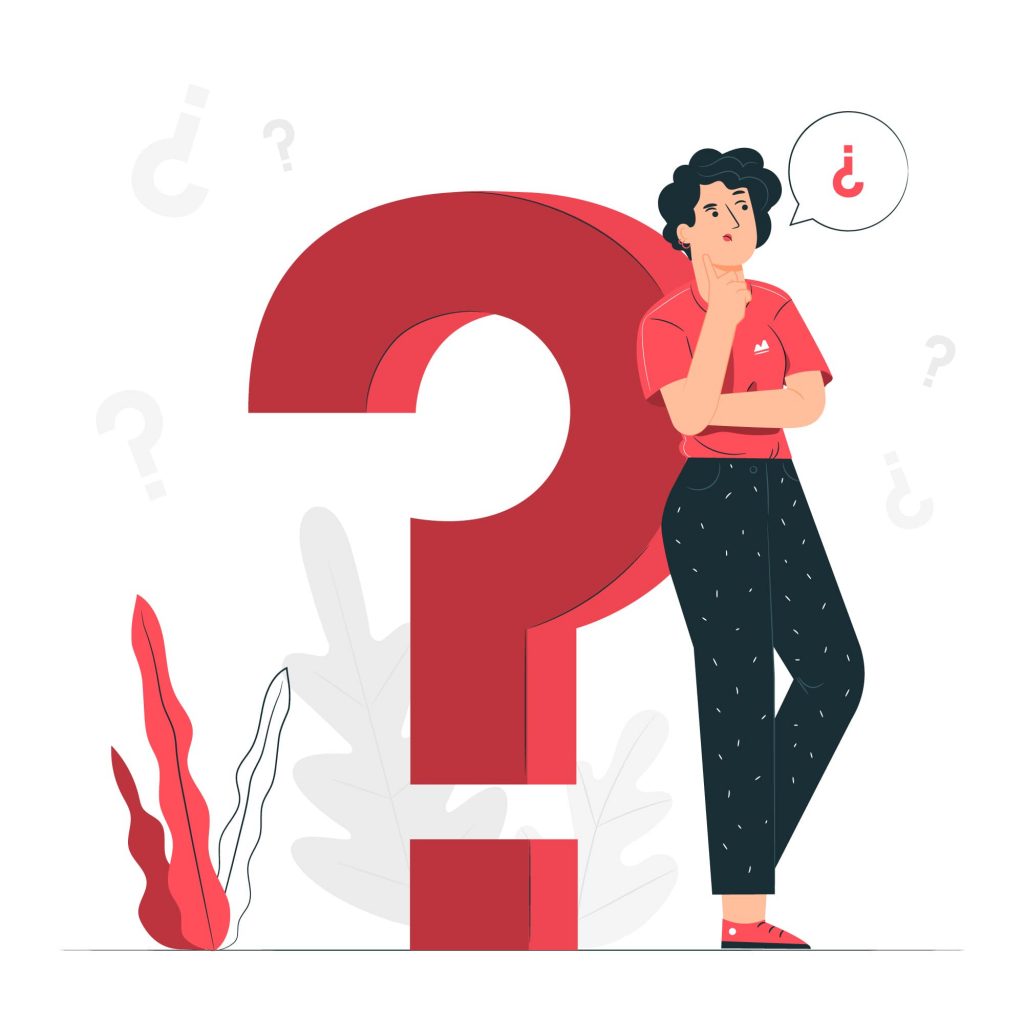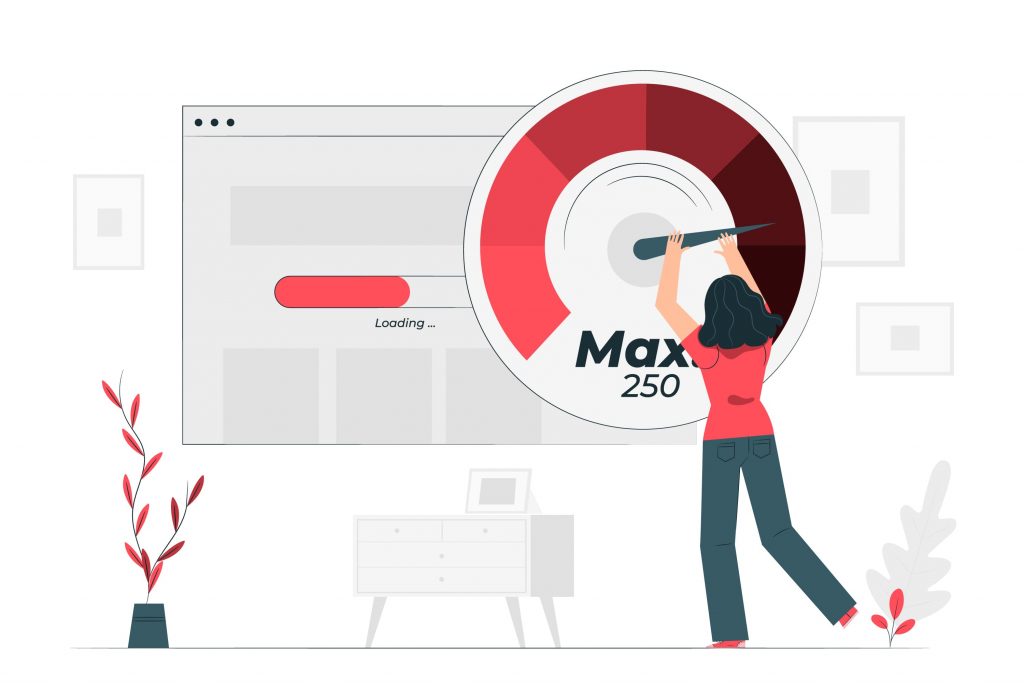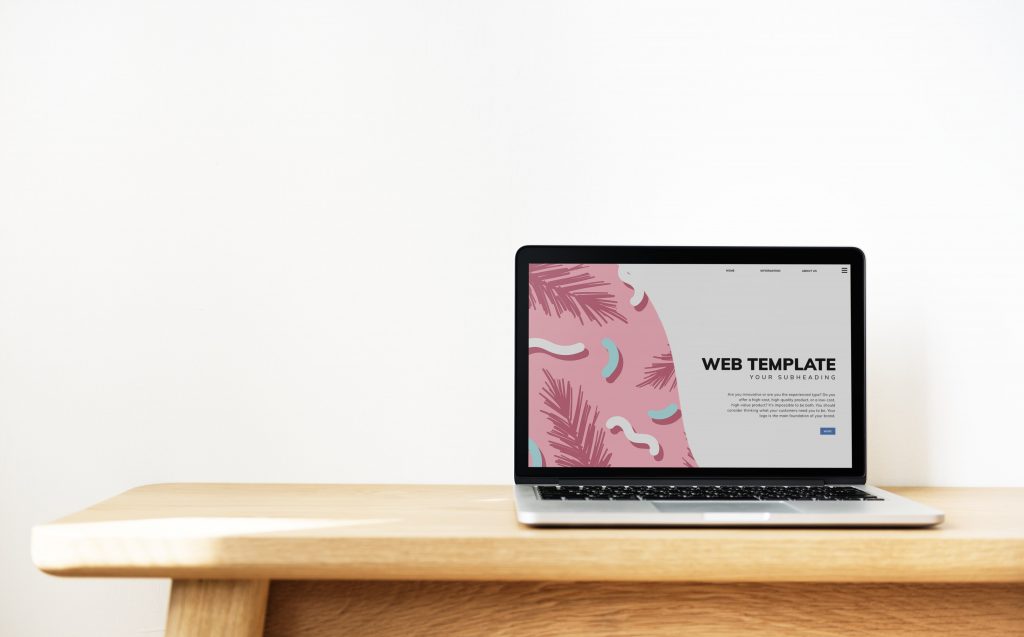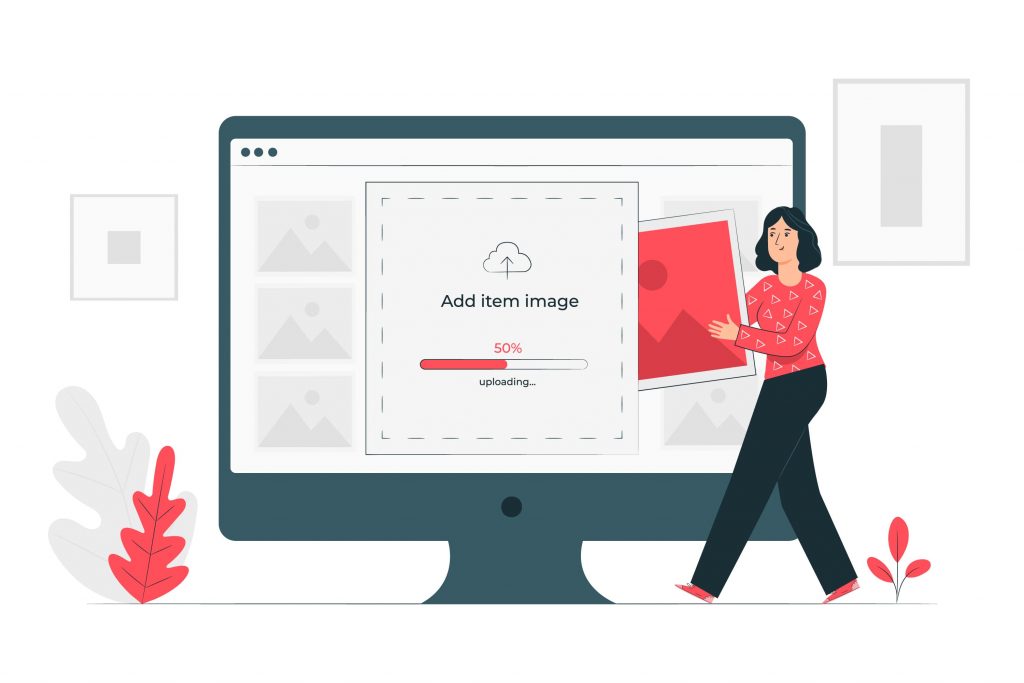A good website means that navigating through it will be a smooth experience for users. Therefore, web designers should ensure that every user can access the desired options at all times. Moreover, it is also the developer’s responsibility to develop a website that can install updates easily and easy maintenance. Finally, efficiency is a significant factor in determining whether or not a particular website is good enough to attract more traffic.
To determine the efficiency of a website, several factors will come into consideration. First, it would be best if you asked whether the website is responsive and accessible enough. Besides, the loading speed, performance, and content strategies used for a website also have a massive impact on the quality of a website.
Read: 10 Great Web Designing Tips For Large Websites
Starting from selecting the best CSS properties to make sure about the website’s viability, it is essential to understand that efficiency is associated with quality over quantity. Furthermore, as a web designer, it is necessary to ensure that the overall experience of navigating a website gets preference over speed.
This article will help you with a list of the best tried and tested web designing hacks that you must know about. All of these are shortlisted reviews by web designers from all across the world. Each of the points you will find in the section next will open a new dimension of web designing for you.
List of the best web designing hacks based on reviews.
So, it is time to check out the various hacks that will help you to design a more efficient website for users.
1. Ask clear questions
As a web designer, your primary responsibility is to understand and analyze the requirement well before starting with the project. Are you sure about how you want to go about it? If not, then you must take a step backward and determine what your plan should be.

You need to understand the target audience, their preferences and then proceed with a test plan. It would be best to have a picture of the result in mind even before you start working on the actual project. Moreover, you must ensure a proper prototype that will help you build the project’s plan further.
2. The website’s speed has to be on the priority list
As mentioned earlier, speed is not the only prioritizing factor when judging the quality of a website. It is the overall quality that matters. However, the website’s speed has a direct impact on the traffic rate and the conversion graph.
The overall user experience and the bounce rate, and therefore the revenue, varies according to a website’s speed. Users do not want to stick around a slow web page. Imagine clicking on a website and then waiting for 30 seconds at least before you can go on the next page. Isn’t it frustrating? Will you want to use such a website? NO! The same is the case with everyone. Above all, you will be surprised to know that the speed of a website impacts its search engine rankings too.

3. Proper fold arrangement
There is an ongoing debate regarding the existence of folds in a website. According to a group of experts, various screen sizes in present times mean that there is no prominence of a fold. However, the other group believes that the case is the opposite. Most users spend maximum time on the first two screens of a website, which convinces us to believe that a proper fold arrangement is essential. In that case, you must be very tactful with your website content and utilize the available space to attract more users. Here is how:
- A descriptive and clear headline will help users understand the relevance of your website. In addition, when users visit a website, the headline should catch their eyes, so making it attractive is crucial.
Apart from the headline, it is essential to give a brief overview of what users can expect from your website. In this section, you must highlight the benefits of your brand. Another tip is to refer to the best copywriting tips on the internet and learn how to focus on keywords. - The inclusion of media is vital when your goal is to attract more audiences to your website. Adding relevant audio, videos, and authentic images makes a website more relevant, and users find it easier to understand the message in that way.
- Including the call to action option in the website is highly essential. It is the best way to start focusing on the conversion potential of the website. Besides, ensure that the CTA is visible and clear enough.
4. The beneficial Hick’s Law
According to Hick’s Law, the number of chances given to a person is equally proportional to the time taken to conclude. Unfortunately, it is also a basic human trait that more choices tend to confuse us, and we like more than one thing. As a result, it becomes challenging to make up our minds regarding the best option.
The case is the same when it comes to web designing too. Once the research was carried out in a supermarket. Here, the buyers were divided into two broad groups. The first group was given a choice of 24 jams, and the other got to choose from a list of six types of jam only. At the end of the survey, the results were precise.
The first group was majorly unsuccessful in choosing one out of the 24 jars, while in the second group, most buyers had finalized their choice of jam. Well, you may be thinking about how such research is relevant for your website?
So, just like the limited option of jams resulted in less confusion, a lesser variety of choices will also enhance your website’s conversion rates. In that way, users will be directed to make a faster and more obvious choice too. Here are some examples to follow:
- Every web page must essentially focus on a single goal.
- Restrict the number of items on the menu.
- Try to display only those social media buttons that you are active on. For example, suppose you are only active on Facebook and Instagram. In that case, there is no point displaying a Twitter button too just because you have a stagnant account there without any regular activity. You must understand that inviting people to visit such inactive pages will only harm conversion rates.
- It is crucial to focus on a single call to action for desirable results.
- There should be a minimum number of form fields only. As mentioned earlier, the majority of users spend maximum time on the first two pages. Therefore, it is better to add more relevant and essential options on these two pages and arrange other options accordingly.
While these are just a few ideas, several other ideas will lead to less crowding on your website. Also, it will indirectly lead users to make choices as per your plan only. So, why don’t you check out some more sources to learn how you can utilize the motto of Hick’s Law?
5. Simplicity is the key to derive better results
It is essential that you start believing in the motto of less is more because that is what will take you a long way. According to a Google study, users prefer a simple visual experience over complexity always. Simply, the more complex your website looks, the less beautiful it is for users. Here are a few points to help you understand the concept better.
- Standard layouts are better because they give a feeling of familiarity to users. While it is a tendency for web designers to insert unique designs, but sometimes it becomes a bit complex. Therefore, it is better to be on the safer side and keep it clean and simple. Remember, there are several other ways to show the uniqueness of your website, and layouts and design are not one of them.
- Reconsider the sidebar option and determine whether it is essential, considering you want to give the website a more modern look. You will feel more confident when we tell you that more users are ditching the sidebar and choosing a mono-column design instead. It is because a single column will look more decluttered and will create no confusion at all.
6. Avoid unnecessary features and tabs
It seems webpage owners are very fond of carousels, and they request the addition of those as part of their web designing project. However, experts suggest that carousels are almost entirely useless. According to a renowned Notre Dame University survey, the webmaster found out that in a website, only the first carousel was receiving the majority of the clicks and that users were not even going further.
Therefore, the graph is very uneven, and it is clear that people are not even considering the other slides. As a web designer, you should discuss the problem with your client and convince him to get a carousel out of his mind. There is no point nodding positively to all that a client asks for.
You must understand that the result is also the designer’s responsibility. Therefore, just like a client tends to question you, you must do the same too. Just like carousels, it is better to get rid of unnecessary accordions and tabs too. While these don’t have a role in enhancing conversions, it is also essential to accommodate the info of these tabs elsewhere. So please wait a bit, because we will help you with that too.
7. Understand the importance of scrolling over clicking
As you had confusion in the previous point, here is the answer! Of course, it is essential to understand where you can fit all those information if you are getting rid of carousels, extra tabs, and useless accordions.
Add all of it to a single page and compress it. You can also add all the details that should be visible but are mostly hidden. You will be happy to know that this idea works very well.

Crazy Egg was one of the first ones to implement this idea to experiment. They shifted from a few shorter pages to a single one that was almost 20 times lengthier. The best part was that the conversion rate went up drastically to reach an all-time high! Therefore, it is proof that users prefer scrolling over clicking!
8. Visual cues are the best way to draw attention
Guiding users is one of the primary functions of a proper web design. The best idea to ensure that the web design plays to its strength is by determining the priority list properly. You must understand how much importance a specific option should get. As a result, you will be able to ensure that you can achieve the desired results.

Using direct visuals is an excellent way of leading people to see only what you want them to see. Besides, you don’t always have to be subtle when using visual cues. For example, it does not always have to be that the person in the picture is gazing at the tab you want the user to click on. Instead, you can add an arrow to point out the option. It is always better to be direct for the user to understand your direction.
9. Use real images
One of the best ideas to make your website look more relevant is avoiding stock images and using real ones instead. It results in adding relevance to your website, and users find your content more authentic.
As a result, they will stay on the page and help to improve the traffic and increase conversion potential. You should also ensure that tabs on the website are in the proper order of importance and linked to active social media profiles for added authenticity.

Keeping the points mentioned above in mind will help you present a web design plan that can guarantee effective results. Since these are all tried and tested hacks, there are low chances that you will go wrong with any of these.
Wrapping it up!
We hope that these web designing hacks will help you understand the importance of web designing and how it impacts a user’s experience. Implement these easy hacks into your website and start engaging with your target customers. Also, don’t hesitate to try out new experiments to find out what is working.







